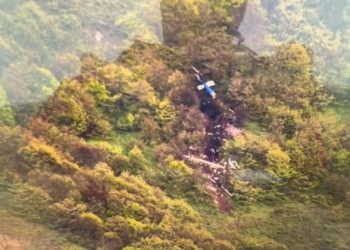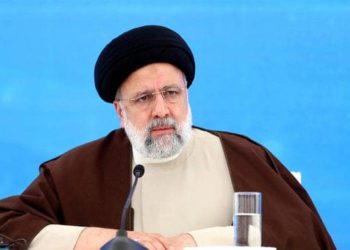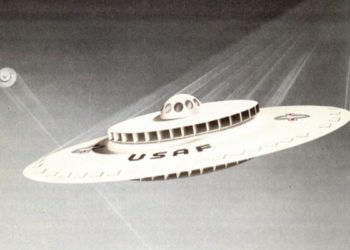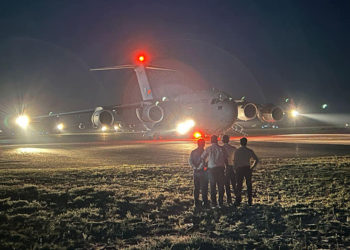MiG-21I Izdeliye 21-11 “Analog”: The Weirdest MiG-21 of Them All!

Back in the 1960s, Tupolev was hard at work designing the Tu-144, using the good old pencil and paper method as well as testing prototypes in a giant wind tunnel and in a no less gigantic hyperbaric chamber.
New wings had been designed for the giant supersonic airliner and in the absence of supercomputers capable of running accurate simulations, Tupolev needed another solution to test them in real life.
Testing the New Wings
The solution, it seems, was to downscale the wings until they could be fitted to a MiG-21 Fishbed! Once the miniature fighter was paired with its new wings, they loaded it up with some sensors, strapped in a test pilot and worked it out that way!
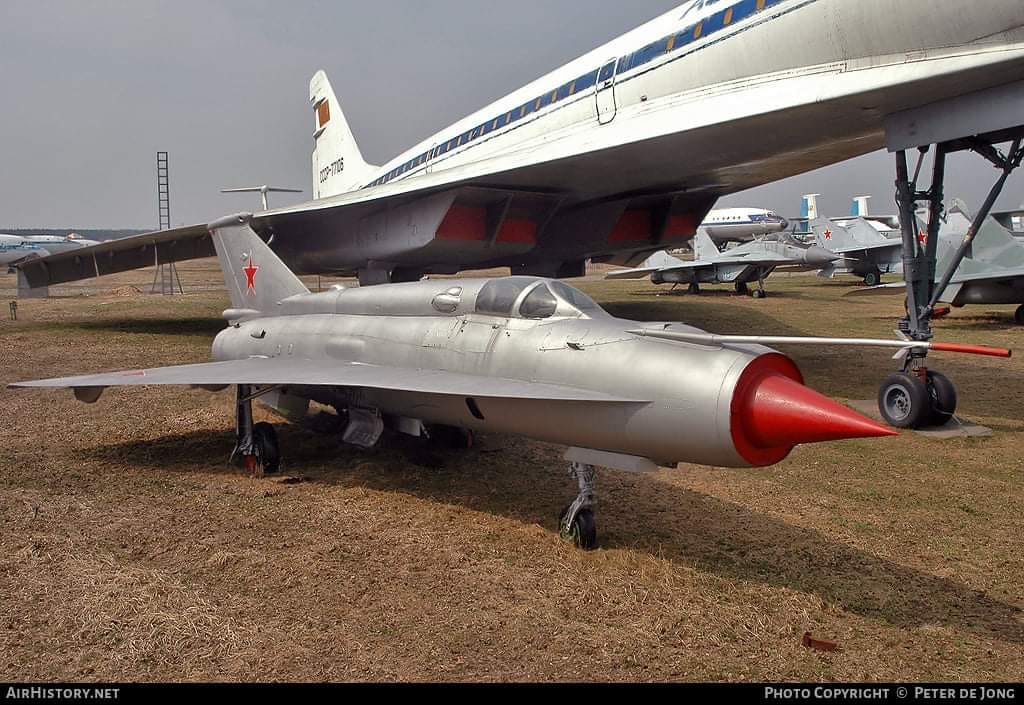
Unfortunately, despite achieving supersonic flights four months ahead of the Concorde, the Tu-144 was an engineering and commercial failure: It had serious structural integrity issues, with stress cracks appearing on its airframe at 70% of expected normal loads. The engines were incapable of sustaining supersonic flight any other way than on afterburners and were, as a result, over-stressed, thirsty and extremely noisy: Passengers had to communicate by passing written notes to one another!
Two crashes ended the Tu-144’s career as a passenger aircraft after a mere year (55 flights) in that role. The Tu-144 somewhat redeemed itself later on, becoming a training platform for cosmonauts that were earmarked to fly onboard the Buran Space Shuttle.
NASA and Roscosmos Collaboration
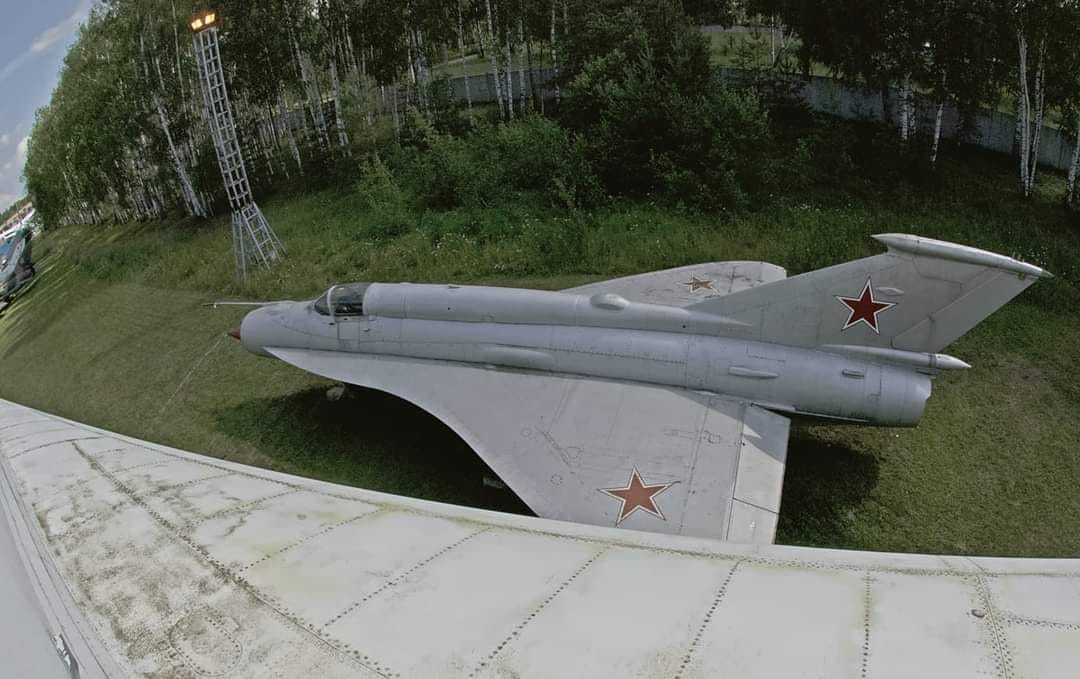
Later still, in the 1990s, NASA and Roscosmos worked together as part of NASA’s HSR (High-Speed Research) program: a Tu-144D/SST was re-engineered by Tupolev to include new engines and sensors and computers capable of measuring and analyzing up to 800 different parameters while in-flight. The subsequent flying laboratory received the suffix “LL” (Tu-144LL). The plane flew in Russia while the data was relayed to the US.

27 flights were conducted inside of a 2-year period without a single incident. In the words of NASA: “The Tu-144LL program was a resounding success for the U.S. HSR program and the Joint Commission. Seven flights and two ground-based experiments yielded flight data that greatly enhanced the supersonic flight databases available to U.S. and Russian aeronautical engineers. Propulsion, aerodynamic, structural heating, structural acoustics, ground effects, and handling qualities data from the experiments were eagerly assimilated into the program’s information database”.
In March 1998, the Joint Commission recognized the program as “A model for U.S. and Russian government-business partnerships in the development of advanced technologies.” -RBM.





